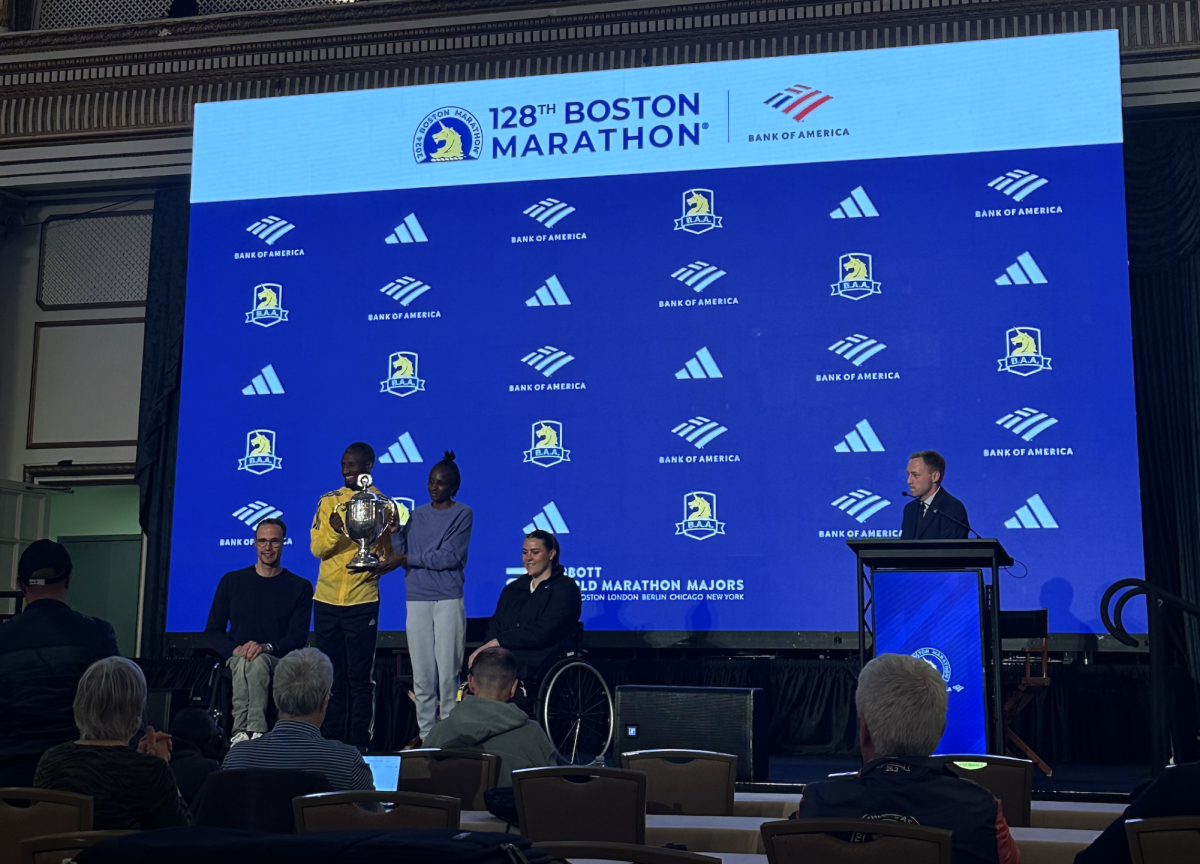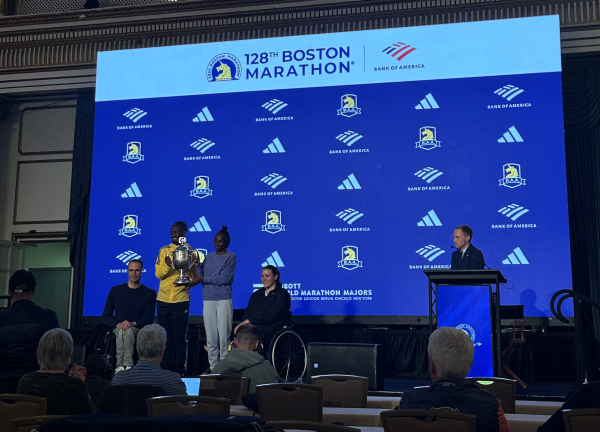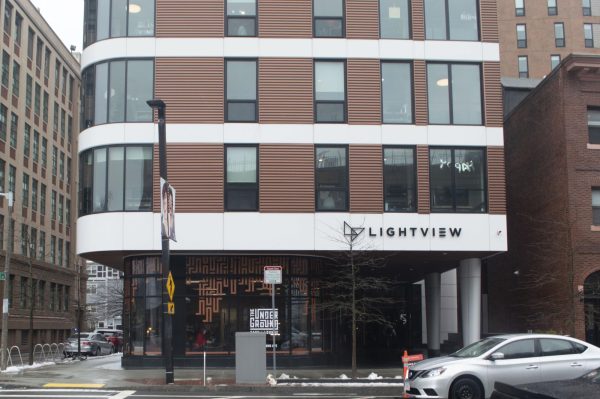Column: Breaking down the bucket hat
Anderson .Paak performs at Boston Calling 2019 wearing a bucket hat.
November 13, 2019
They might seem like quirky, oddly-shaped hats, but the bucket harbors a secret — and it’s ready to spill. From Irish fishermen to war veterans and LL Cool J, bucket hats have followed a strange trajectory in their rise to prominence.
As far back as the early 1900s, bucket hats were used primarily for practical purposes by Irish farmers and fishermen seeking cover from the rain. They were made of wool or tweed and held together by a few simple stitches, representing the most that a poor group of working-class men could afford.
But come wartime during the mid 20th century, military-issued bucket hats could be found everywhere on the battlefield. According to CR Fashion Book, the hat’s olive cotton fabric was often covered in camouflage print, which allowed soldiers to blend into their rural surroundings. It quickly became a symbolic representation of the American soldier, cemented in history as the uniform of the Cold War era.
So how’d we get from fisherman to high fashion? With ’80s hip-hop.
Eric Arnold, a hip-hop historian, told The Guardian that bucket hats became “a way to identify yourself as a cultural practitioner or devotee of hip-hop.” They were the emblem of a counter-cultural movement providing a softer image to the world of rap and redefining what black fashion meant. While LL Cool J and Run-DMC set off the trend, musical sensations such as A$AP Ferg, Anderson .Paak and Tyler, the Creator have been spotted frequently flaunting the look. The hip-hop scene even transformed the hat into a unisex emblem, with icons such as Lauryn Hill and later Rihanna rocking the bucket.
And the best part? The bucket hat’s particularly diverse history has allowed it to garner a special duality that can satisfy almost any style.
“The people I know who wear them do so very effortlessly,” said second-year business administration major Riya Alluri. “The whole vibe of the bucket hat is trying to be cool without trying hard at all.”
CR Fashion Book writes that “depending how you rock your bucket, it can communicate casual cool (fishing-lure floppy) or untouchable excess (Gucci bucket glam).” Whether it be denim, silk, sherpa, tweed, plaid, felt, fluorescent, translucent, neon or embroidered, the possibilities are endless.
But for consumers, the amount of money they can spend on these hats isn’t so endless. In fact, as the trend has increased in popularity and high-fashion brands have picked it up, prices have skyrocketed. What was once a handmade item for the working class and minority communities now boasts a $340 price tag simply because it has a Prada logo. In a disappointing turn of events, the communities who initially popularized the look are no longer able to afford and access the hats as easily.
Some consumers have also noted that the prices don’t seem to match the product’s utility.
“If it’s for utility it’s probably better, with all around coverage for your neck and face. That protects you,” said first-year biology major Rachel Li. “But if it’s an accessory, I don’t really see the point right now.”
For her tight college budget, the trend just isn’t worth the hype from Li’s point of view. But others see the benefit of buying the accessory for cheap.
“I would definitely buy it from a thrift store, because that’s the type of vibe that it comes with — very thrifted, vintage clothing,” said second-year physical therapy major Anmol Patel.
But whether or not the price is worth the hype, bucket hats are bouncing back into the fashion scene, this time as a staple on the runway. From fishermen to Fendi, the accessory brings with it a bucket full of history and a unique way to boost your style.


















